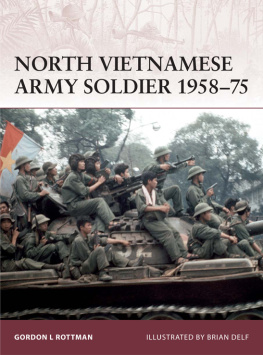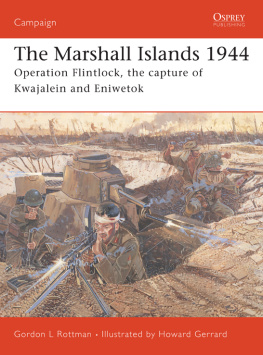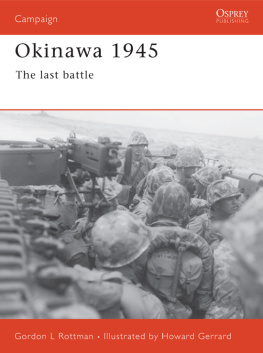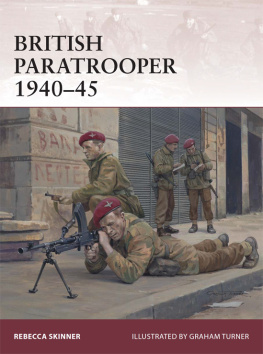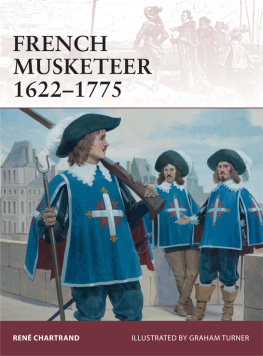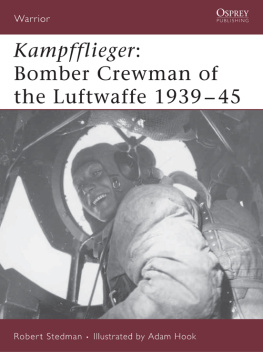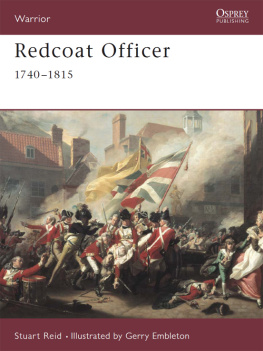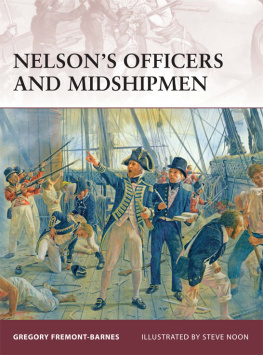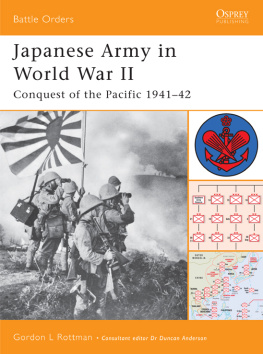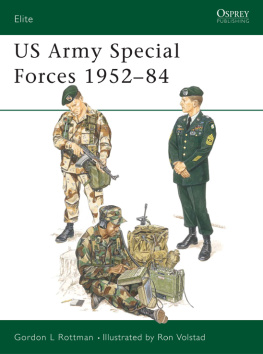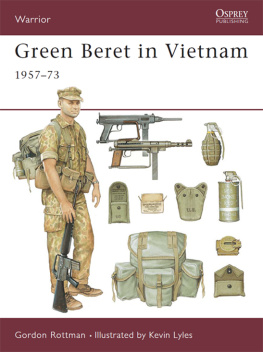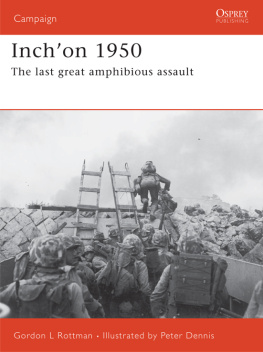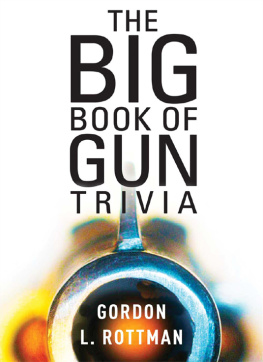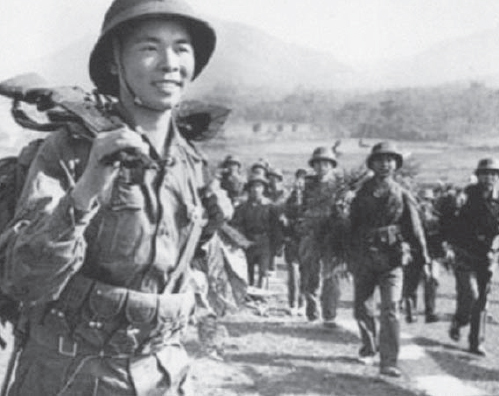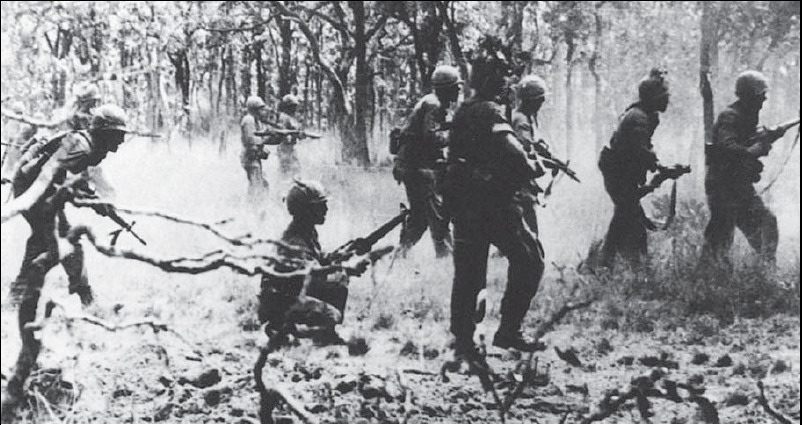WARRIOR 135
NORTH VIETNAMESE ARMY SOLDIER 195875
| GORDON L ROTTMAN | ILLUSTRATED BY BRIAN DELF |
CONTENTS
NORTH VIETNAMESE ARMY SOLDIER 195875
INTRODUCTION
What is commonly known as the North Vietnamese Army (NVA) or the Peoples Army of Vietnam (PAVN) Quan Doi Dang Dan was the regular army of the Democratic Republic of Vietnam (DRV) Viet Nam Dan Chu Cong Hoa or simply North Vietnam. In reality though there were actually two North Vietnamese armies. The homeland was defended by a conventional army equipped with armor and artillery and supported by an air force with jet aircraft, a small navy and paramilitary home defense forces. An even larger, what could be termed expeditionary army, or rather an army of liberation conducting offensive operations, was sent to the South to support the National Front for the Liberation of South Vietnam (Mat tran Dan toc Giai phong mien Nam Viet Nam), or the National Liberation Front (NLF) and its armed insurgent force. This was the Peoples Liberation Armed Forces (PLAF) Quan Doi Giai Phong Nhan Dan or more commonly, the Peoples Liberation Army (PLA) Quan Doi Giai Phong otherwise known as the Viet Cong or VC.
The North Vietnamese Army in South Vietnam the Republic of Vietnam (RVN) fought a conventional war, even though popular perception considered it a guerrilla war. This impression was enhanced by the fact that it was supported by only limited artillery (substituted by mortars, rockets and recoilless rifles), armor and aviation support, that it operated without motorized vehicle support inside the RVN and that its troops were supported by VC guerrillas during their operations and used some guerrilla-like tactics and techniques themselves. However, the NVA actually fought a conventional war inside South Vietnam conducting regimental, divisional and corps-level operations. The NVA executed conventional tactics tailored to the terrain, climate and political situation and adapted to compensate for their limitations against the Free World Forces superior manpower, firepower and mobility. They did not generally hold terrain and lacked fixed bases and the logistical tail that so burdened Free World forces.
It was realized that a conventional war, along the lines of the 195053 Korean War, could not be fought in the south. That 37-month war cost China and North Korea over one million dead, missing, wounded and captured along with up to three million North Korean civilian dead. The DRV was not willing, or able, to accept such casualties in a stand-up fight. Strategically, operationally and tactically there were valid reasons for not fighting a traditional war with frontlines and mobile logistics support. It was willing to take its time and fight a protracted war lasting many years. South Vietnams much varied and rugged terrain and harsh climate, coupled with the Free World forces massive firepower, unprecedented mobility, lavish logistics system, widespread local security forces and highly mobile strike forces prevented the more lightly armed NVA from conducting a traditional war. Communist forces were handicapped by a long and fragile supply line from the north, limited mobility and the lengthy periods required to reconstitute battered units, and thus executed conventional tactics tailored to the terrain, climate, political situation and the capabilities of Free World forces.
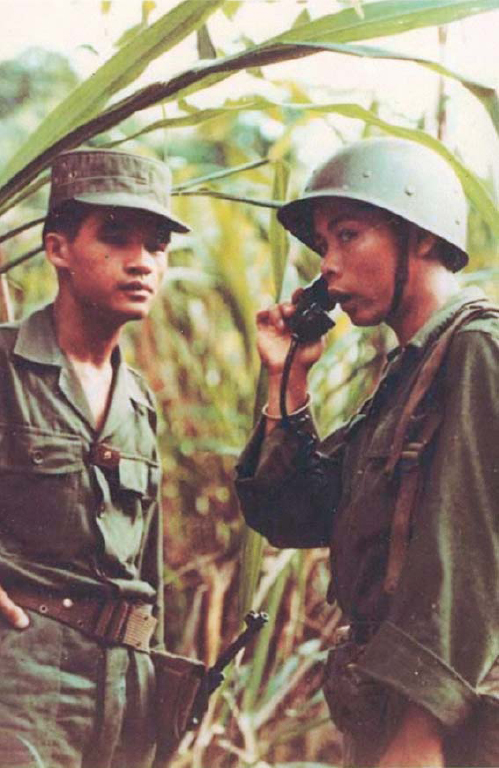
The Army of the Republic of Vietnam (ARVN) was the principal enemy of the VC, but the NVA considered them a secondary enemy to the US armed forces.
The relationships between the NVA and VC were deep and complex. Even though the NVA was obtrusively supporting the NLFs war of liberation, there was little doubt the VC were secondary to the NVA. The NVA did rely on the VC to provide local intelligence on terrain, the civilian population, local government security units, Free World forces and their movements, trails, water points and other information. The VC also provided guides to NVA units passing through their area, prepared base camps and would lead NVA reconnaissance teams to scout Free World installations they planned to attack, and place surveillance on the enemys patrol routes. The VC would also provide food and basic supplies. They would also arrange for porters and laborers from the local population, whose co-operation may have been voluntary or forced. Besides hauling supplies, weapons and ammunition, they built base camps and fortifications, made booby traps and set up punji stakes, installed camouflage, recovered and buried the dead, carried away captured materials from attacked Free World bases and so on.
North Vietnam began sending regular cadres to support the VC in the RVN in 1958. The next year it declared its political struggle was changed to an armed struggle and regular NVA troops began to be sent south. As the war escalated more units were sent south and it was not long before entire divisions and support troops were being deployed.
As early as 1964 NVA troops were being assigned to VC units to make up losses and provide a better-trained backbone. Military and political cadres specially trained and selected leaders were assigned to many VC units. The VC was virtually decimated, by North Vietnamese design, during the 1968 Tet Offensive. Many VC units remained drastically understrength or dwindled away as popular support deteriorated. They were often no longer able to recruit meaningful numbers from the civilian population. Selected units received NVA fillers, up to 90 percent strength, whilst still retaining their VC designations. VC-dominated units operated in the Mekong Delta, the RVNs extreme south, a region that saw very limited NVA presence until mid-1969.
The American soldier had a myriad of names for the VC: Victor Charlie, Charlie, Charles, Mr. or Sir Charles, Chuck, or the Cong. The NVA, in contrast, were simply the NVA, or sometimes the redundant NVA regulars. The Americans did apply general derogatory nicknames to them that were used for any Vietnamese, such as gook, dink, slope, slope-head, zip, or zipper-head. Gook was probably the most common disparaging nickname applied to the NVA or VC.
One often sees the term VC/NVA used as though they were one and the same. The VC were South Vietnamese communist insurgents fighting a guerrilla war against government forces and Free World forces. The NVA was, in its own way, a conventional army. It was as different from the VC as a professional army is from a locally raised, part-time militia.
The NVA was an extremely politicized force with political controls integrated into all echelons and aspects of the soldiers life. Soldiers (bo doi) were expected to be totally committed to the Revolution. They were expected to sacrifice all for the cause.
By both policy and ingrained philosophy, the NVA focused on fighting the US Army and US Marines. They seldom demonstrated hesitation in engaging their main enemy, even when faced with superior firepower.
See Osprey Warrior 116, Viet Cong Fighter and Osprey Elite 38, The NVA and Viet Cong.
CHRONOLOGY
| 1935 |
| August | Viet Minh formed. Revealed itself in May 1941. |
| 1945 |
|
Next page
